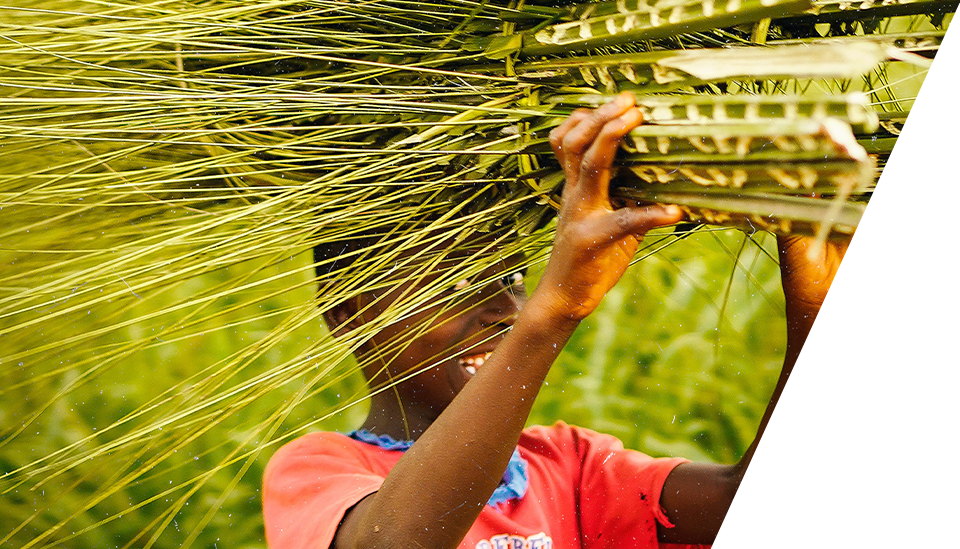Call for authors: Nutrition-related products and the WHO model list of essential medicines
The draft of the XIII World Health Organization (WHO) general programme of work 2019-2023 is focused on three interconnected strategic priorities to ensure healthy lives and promote well-being for all at all ages: advancing universal health coverage (UHC), addressing health emergencies and promoting healthier populations. At least half of the world’s population cannot obtain essential health services, according to the 2017 World Bank/WHO report.
Universal health coverage means that all people receive the quality health services they need without suffering ¬financial hardship. Those health services include public health services designed to promote better health, prevent illness, and to provide treatment, rehabilitation and palliative care of sufficient quality to be effective.
Universal health coverage includes appropriate access to affordable and quality-assured medicines, vaccines and health products (including diagnostics and devices, as well as blood and blood products).
Many essential nutrition actions require access to quality nutrition-related products that are available as part of the recommended quality of care. Access to nutrition-related products might be improved by including them in the WHO model of essential medicines list, a core element of universal health coverage.
Over the past few years new nutrition-related products used in the nutrition-specific interventions have been developed to prevent and treat undernutrition (i.e. ready-to-use therapeutic foods (RUTFs), therapeutic-formula diets (F75 & F100), iron-containing multiple micronutrient powders, vitamin and mineral supplements).
Undernutrition such as wasting, stunting and micronutrient deficiencies, contributes to morbidity and to early deaths for mothers, infants and young children, and impaired physical and brain development in the young. WHO guidelines recommend the use of RUTFs and F75 / F100 as part of the management of severe acute malnutrition; while other nutrition-related products (i.e. multiple micronutrient powders for point-of-use fortification of foods, iron plus folic acid supplements for weekly dosing) are recommended for the prevention of nutritional anaemias. Although there are guidelines and recommended nutrition-specific interventions, undernutrition continues to be a relevant public health problem, around 45% of deaths among children under 5 years of age are linked with this form of malnutrition.
A proposed strategy to improve the access of nutrition-related products to the target population in need, is to make them part of the WHO model list of essential medicines (EML). The WHO Model List of Essential Medicines serves as a guide for the development of national and institutional essential medicine lists and is updated and revised every two years by the WHO Expert Committee on Selection and Use of Medicines. In 2017 an application to include RUTFs in the EML was made by a nongovernmental organization. This application was reviewed and the Committee agreed on the need to improve the access of RUTFs at country level for the outpatient treatment of severe acute malnutrition. The Committee considered that including RUTFs in the EML might carry implications to comply with stringent requirements for medicines or pharmaceutical products in some countries and manufacturing sites, and recommended WHO to conduct a comprehensive evaluation of the benefits and trade-offs associated with the potential listing of nutrition-related products in the EML.
The Department of Nutrition for Health and Development, in collaboration with the Department of Essential Medicines and Health Products is convening a technical consultation in Geneva, Switzerland in September 2018. In preparation for this technical consultation, WHO extends this call for authors interested in preparing review papers on diverse topics related to the criteria and implications of listing nutrition-related products in the EML. The main authors of the selected papers are expected to present their work at this meeting. Commissioned papers may be published in a peer reviewed journal as a special issue with results from the technical consultation.
The deadline for submission of proposal is until 16 April 2018.
How to submit a proposal
Authors, working independently or as part of working teams, can submit their letter of interest by sending an email to WHO at nutrition@who.int no later than 16 April 2018. The subject heading of the email should read as, “nutrition-related products and EML [topic no. X]”.
Authors should also include a proposal containing the following documents (preferably in a single pdf document):
- A brief curriculum vitae of the author(s), demonstrating their technical expertise, including a list of relevant publications (CV should be 3 pages maximum).
- Proposed title of the paper.
- An abstract (500-800 words) outlining the issues that will be addressed in the full paper. The abstract should address one of the topics found in the list of themes below, as well as other relevant issues such as evidence gaps or guidance in the particular topic being addressed. References are not included in the word count for the abstract.
- An expression of commitment to complete the paper no later than 30 August 2018, following WHO instructions, which will be sent to the selected authors.
Selected authors will be notified by 07 May 2018. Financial support for the development of these papers may be available for the selected authors following WHO standard procedures for completing this work.
Acknowledgements
The World Health Organization gratefully acknowledges the financial contribution of Nutrition International (Canada) and the Bill & Melinda Gates Foundation (USA) towards this work.
This call for authors was originally posted on the WHO website.

